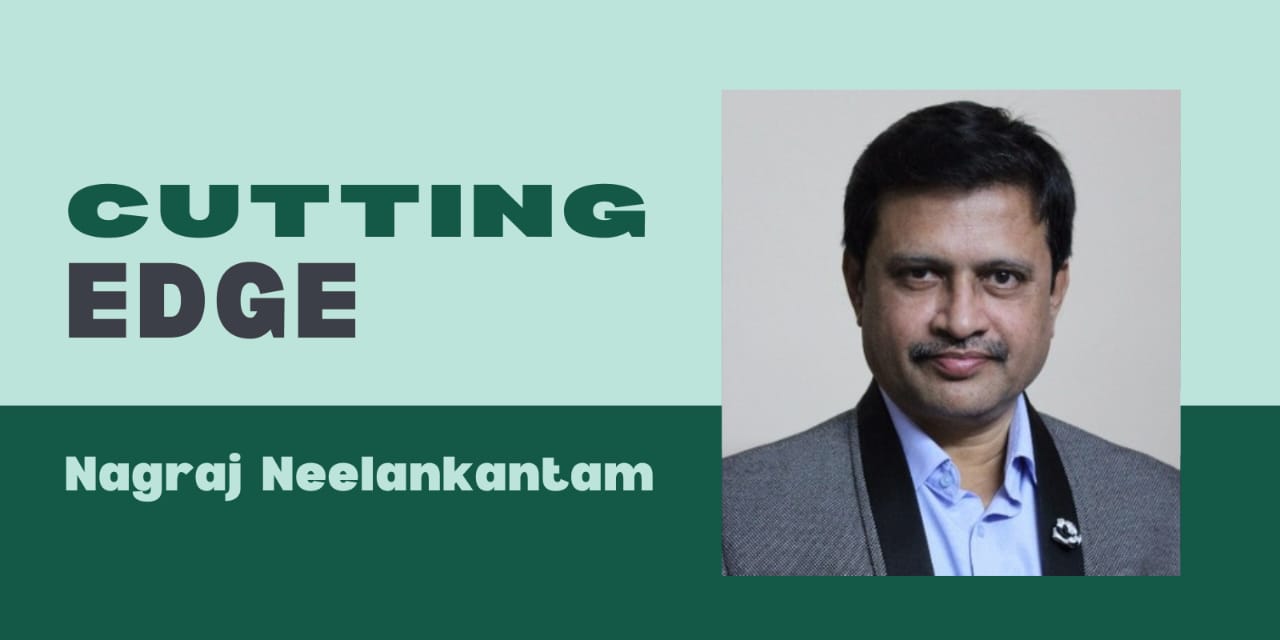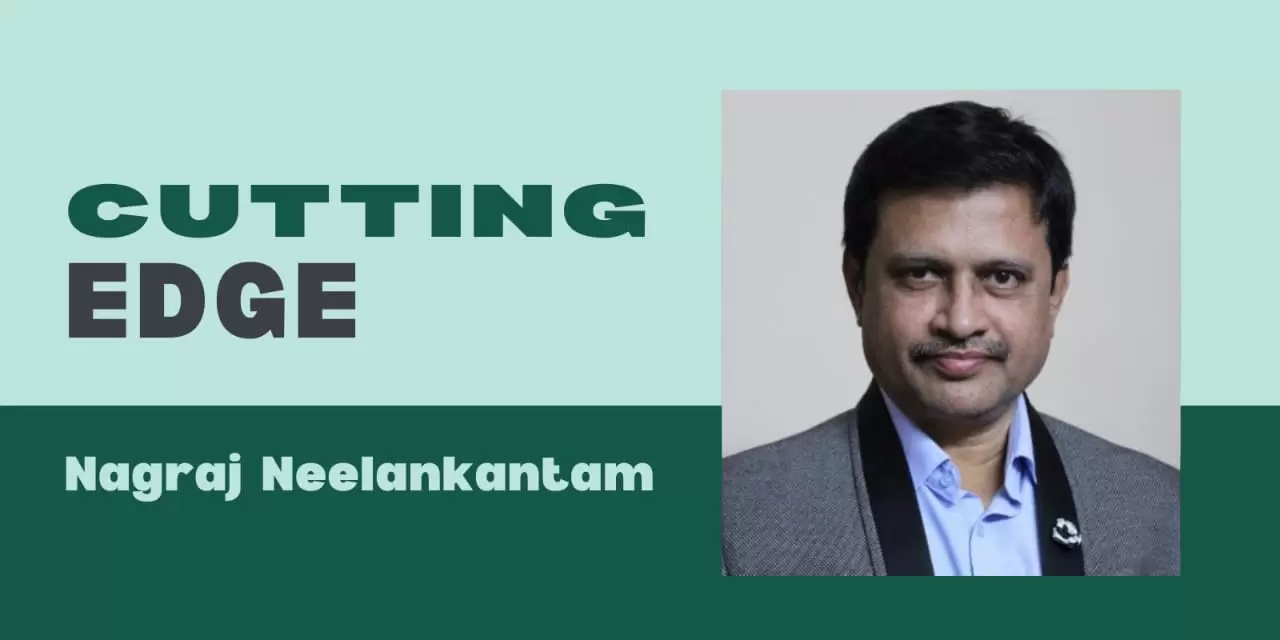What began in 1947 as a dream carved from the complex tapestry of undivided India soon took the shape of a state caught in perpetual contradiction. Pakistan, envisioned as a homeland for Muslims, has since its inception struggled with the essential question of identity. Rather than maturing into a democratic and pluralistic republic, it became entangled in the grip of a deeply entrenched nexus—the military, intelligence establishment, and political elite, each pulling the country further away from its people.
Instead of evolving into a functioning democracy driven by its citizens, Pakistan became a playground for foreign ambitions and internal opportunism. From London’s colonial blueprint to Washington’s strategic chessboard, and now Beijing’s economic web, Pakistan’s fate was shaped more by external actors than its electorate. The burden of this manipulation has fallen squarely on its regions and communities, whose voices have long been drowned out.
The road ahead – from survival to regeneration
For any nation to truly stand on its own, it must first make peace with its diversity. Pakistan, long dominated by centralized control and homogenized narratives, can only reclaim its dignity by embracing confederal autonomy. This idea is not about division but empowerment—giving provinces the cultural and economic independence they require to thrive. Regions like Baluchistan and Sindh have been systematically sidelined despite contributing immensely to the national economy through natural resources.

They have received repression in return: missing persons, military crackdowns, and economic exclusion. Similarly, Khyber Pakhtunkhwa and Gilgit-Baltistan remain peripheries in the decision-making process, while their people suffer from underdevelopment, despite their strategic importance and rich heritage.
Pakistan-occupied Kashmir, including Gilgit-Baltistan, presents perhaps the starkest example of disenfranchisement. Caught between strategic rhetoric and symbolic nationalism, its people are treated more as bargaining chips than as citizens. Living under a shadow of militarization, their aspirations have been muted.
Any future that seeks true peace must consider the gradual, structured reintegration of these areas into their historical and cultural landscape, with India as a natural and constitutional stakeholder. Such reintegration must be grounded in development, education, healthcare, and participatory governance, not in coercion or symbolism.

India, led by Prime Minister Narendra Modi, has demonstrated that assertiveness can co-exist with transparency. India’s policy towards its neighbors is not one of expansion, but of cooperative security and mutual respect. The strategic restraint shown in the face of provocations, combined with an infrastructure-driven and globally connected governance model, stands in contrast to Pakistan’s opaque and fragmented leadership. India’s role going forward must be of a neighbor ready to assist, without arrogance, but with the wisdom of experience.
The region of South Asia has suffered far too long under the weight of proxy wars and manufactured hostilities. The future cannot be held hostage to Cold War doctrines and religious extremism. It requires economic corridors that benefit the people, not just foreign investors; cultural exchange that enriches, not alienates; and educational reform that inspires inquiry, not indoctrination. South Asia must prioritize public health over defence budgets, water diplomacy over border conflicts, and connectivity over isolation. This transformation, however, begins only when nations look inward with honesty and outward with purpose.

Perhaps the deepest wound lies in cultural distortion. Pakistan’s state machinery has actively erased layers of its own past—be it the Indus Valley legacy, Buddhist traditions, or Sufi Islam. In its place, an imported version of religious orthodoxy has been promoted, designed not to uplift but to control. Languages like Sindhi, Pashto, Balochi, and Shina have been sidelined in textbooks. Historical figures have been repackaged or forgotten. Even religious spaces have been repurposed or destroyed, removing the tangible memories of a plural past. The suppression of cultural roots was not incidental—it was political, meant to foster obedience over identity.
But culture is resilient. In the songs of the Baloch, the poetry of the Sindhis, and the folklore of the Pashtuns lies a roadmap to unity. Reviving and mainstreaming these cultural treasures can serve as a healing force, mending the broken trust between the state and its citizens. It is through language, history, and local knowledge systems that a nation can truly educate and empower its next generation. Pakistan’s rebirth, if it is to come, must begin not with generals and elites, but with artists, teachers, historians, and village elders.
Epilogue – the final call to Pakistan’s people
The most crucial question for Pakistan today is not about its religious identity, but its national integrity. Will it continue down a path dictated by a handful of elites, loyal not to the people but to foreign capitals? Or will it choose transformation—a path lit not by slogans, but by sustained reforms, civic participation, and a cultural renaissance? The call is not to abandon faith, but to reconcile it with reason; not to reject neighbors, but to embrace reality. True liberation lies not in isolation but in participation—where every citizen matters, every voice counts, and every region thrives. For Pakistan to be reborn, it must first be reclaimed—from within.






